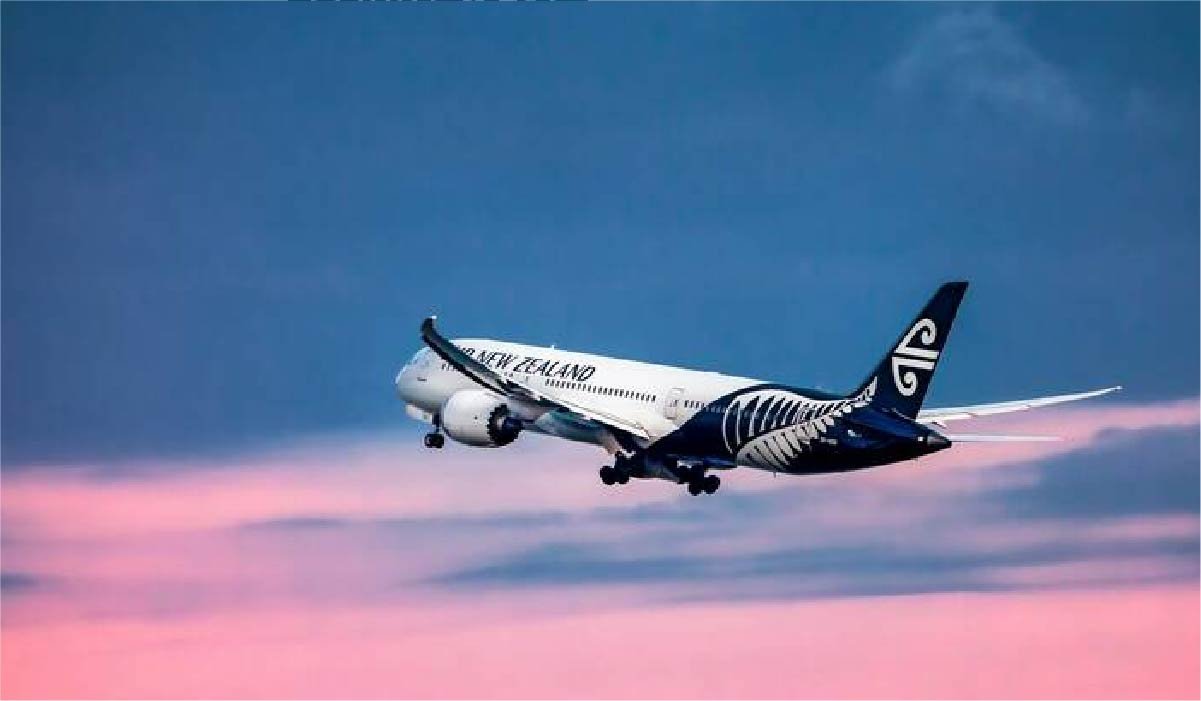Travel
Airline Safety Rankings for 2025

As the aviation industry advances, understanding the Safety of airlines ranked each year is crucial for passengers who prioritise security in their air travel. In 2025, the focus on safety has never been more significant, with airlines implementing cutting-edge technologies and rigorous training protocols to ensure passenger well-being.
The Importance of Safety Rankings
Airline safety rankings serve as an essential guideline for consumers when choosing an airline. Rankings evaluate various factors such as operational history, systems of air traffic, pilot training programs, and the implementation of new safety technologies. As these elements evolve, the evaluations help passengers make informed choices, contributing to a safer travel experience worldwide.
Factors Influencing Airline Safety
Several factors influence the safety of airlines. First and foremost, the aircraft’s age and maintenance record are critical. Newer aircraft with state-of-the-art safety features and well-maintained older planes contribute to higher safety scores. Incident history and the airline’s response to past safety concerns are also considered, forming a comprehensive picture of an airline’s safety culture.
Aviation Safety Technologies
As technology evolves, so do the strategies for keeping passengers and crew safe. Innovations such as advanced avionics, enhanced weather radar systems, and automated safety checks are becoming standard across the industry. These advancements not only help in preventing accidents but also enhance overall efficiency, reducing risks associated with human error.
Top Performers in Airline Safety in 2025
For the year 2025, several airlines have distinguished themselves through outstanding safety records and pioneering new standards in aviation. While specific rankings can be viewed in the detailed aviation safety ranking, many airlines standing out are doing so by implementing measures that go above and beyond mandatory requirements.
Role of International Bodies
International aviation organisations are instrumental in setting benchmarks for airline safety, ensuring those airlines comply with global standards. The International Air Transport Association (IATA) and the International Civil Aviation Organization (ICAO) play pivotal roles in monitoring and enforcing these standards, providing a framework within which airlines must operate.
Impact of Airline Safety on Customers
Consumers increasingly consider safety over pricing as a primary factor when booking flights. Air travellers are more informed than ever, emphasising the need for reliable and accessible safety data. This trend is reflected in the increased demand for comprehensive safety reports and rankings published by trusted sources like Safest planes to fly.
Challenges in Maintaining High Safety Standards
Ensuring high safety standards is an ongoing challenge for airlines as they face financial pressures and increased competition. The requirement to upgrade fleets and integrate new technologies is significant. However, these challenges are essential obstacles to overcome to establish and maintain a sterling safety reputation.
Technological Integration in Aviation Safety
The incorporation of artificial intelligence (AI) and machine learning in safety mechanisms exemplifies the future of airline security. Predictive analytics can foresee potential technical issues before they arise, allowing airlines to conduct preemptive maintenance.
Training as a Pillar of Airline Safety
Pilot and crew training remains a cornerstone of ensuring airline safety. Continuous training programs, including the use of simulators and emergency response drills, equip personnel to handle various scenarios efficiently and effectively, thus safeguarding passenger welfare.
Customer Engagement with Safety Rankings
Engagement with safety rankings is rising as customers seek to make informed travel decisions. Airlines are increasingly transparent, providing access to their safety records and measures taken to mitigate risks.
The Future of Airline Safety
Looking ahead, the future of airline safety will likely be dominated by technological innovations and regulatory advancements. Continuous collaboration between airlines, regulatory bodies, and technology firms will be essential in creating a progressively safer travel environment.
Conclusion
In an ever-evolving industry, airline safety rankings remain a critical indicator of an airline’s commitment to maintaining the highest safety standards. As seen in the 2025 rankings, airlines that prioritise and adapt to new safety challenges are likely to earn the trust and preference of passengers globally.
-

 Celebrity1 year ago
Celebrity1 year agoWho Is Jennifer Rauchet?: All You Need To Know About Pete Hegseth’s Wife
-

 Celebrity1 year ago
Celebrity1 year agoWho Is Mindy Jennings?: All You Need To Know About Ken Jennings Wife
-

 Celebrity1 year ago
Celebrity1 year agoWho Is Enrica Cenzatti?: The Untold Story of Andrea Bocelli’s Ex-Wife
-

 Celebrity1 year ago
Celebrity1 year agoWho Is Klarissa Munz: The Untold Story of Freddie Highmore’s Wife
















